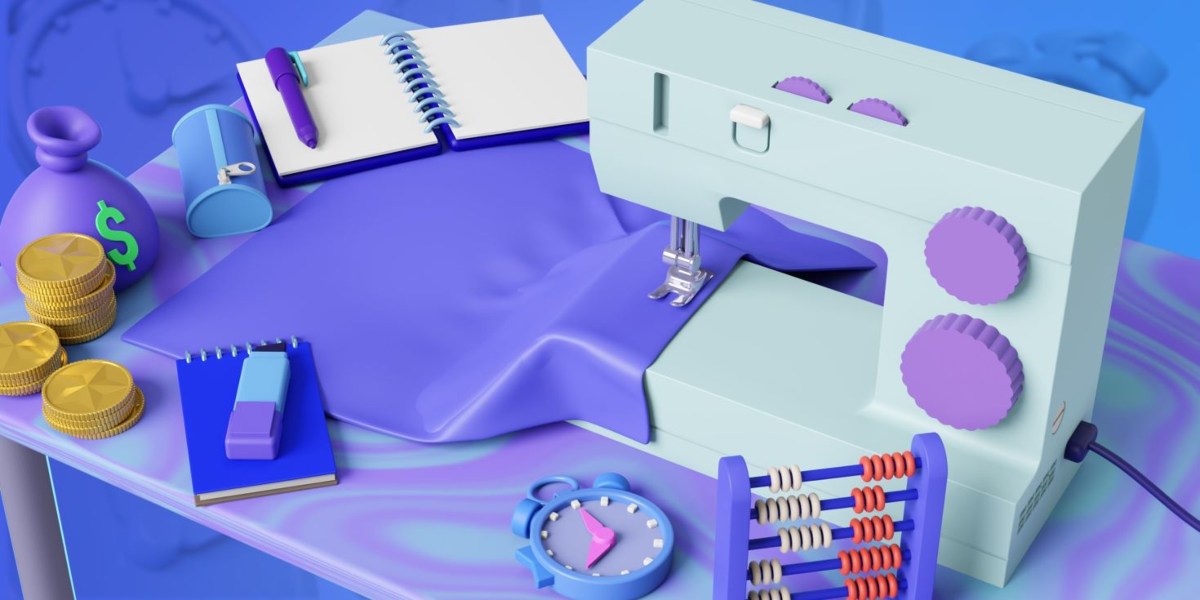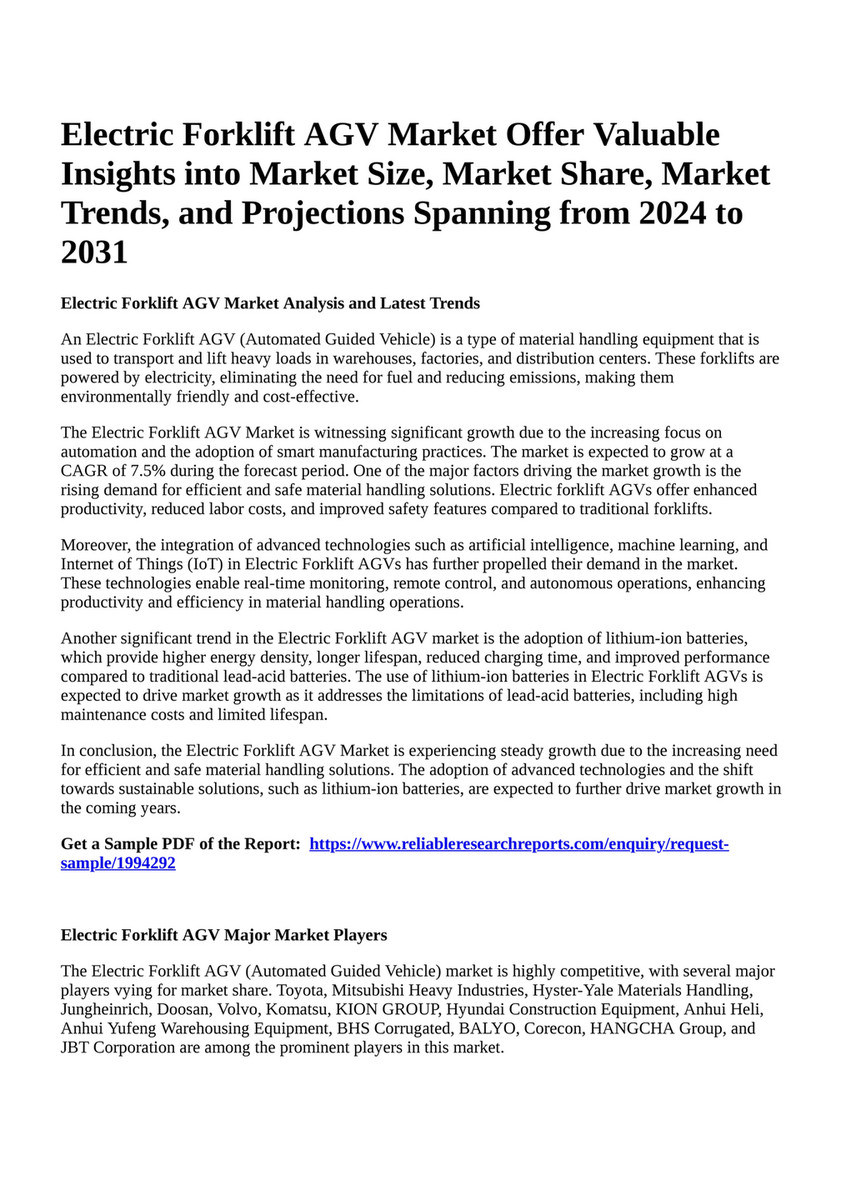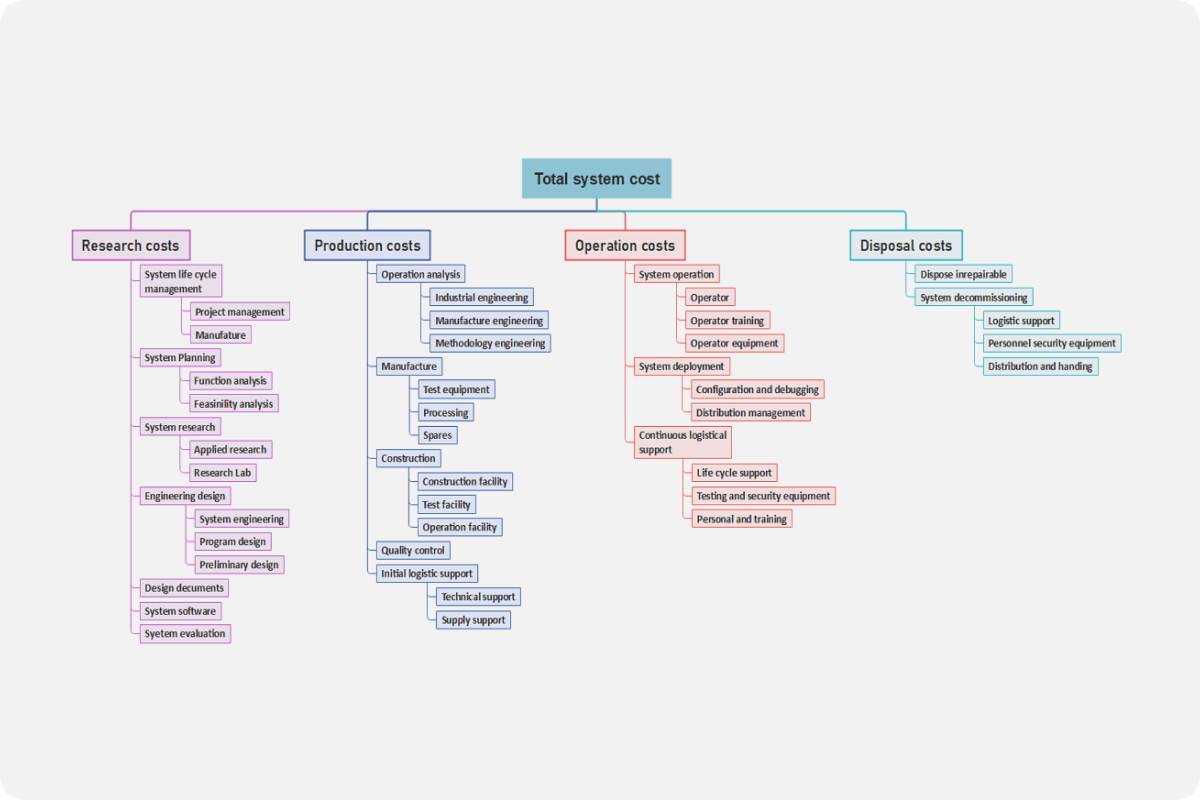The cost breakdown of car manufacturing provides insights into the various expenses involved in producing a car. From labor and raw materials to overhead costs, understanding these components helps in determining the overall cost of a car.

Credit: clockify.me
Material Costs
The cost breakdown of car manufacturing involves analyzing material costs, giving valuable insights into the overall manufacturing expenses incurred. Gain an in-depth understanding of the various costs involved in producing cars.
Material costs play a crucial role in the overall cost breakdown of car manufacturing. From raw materials to the various components, understanding the different aspects of material costs is essential. This section will delve into the two main components of material costs: raw materials and components.Raw Materials
Raw materials refer to the basic materials that are used in the production of cars. These materials can include metals, plastics, glass, rubber, and various other materials. Raw materials typically account for a significant portion of the total material costs in car manufacturing.When it comes to metals, steel and aluminum are commonly used in the production of car bodies and engine components. Steel is valued for its strength and durability, while aluminum is preferred for its lightweight properties. These metals go through a series of processes, including smelting, refining, and proper treatment to ensure they meet the required specifications.
Plastics play a vital role in car manufacturing, particularly in the production of interior and exterior components. Plastic materials such as polypropylene, polyurethane, and polycarbonate offer benefits such as flexibility, weight reduction, and cost-efficiency. These materials are molded or extruded into various shapes and sizes to form components like bumpers, dashboard panels, and door trims.
Glass is another essential raw material used in car manufacturing. Primarily used for windshields and windows, automotive glass needs to be highly durable, resistant to impacts, and shatter-proof. The production process involves the heating and bending of glass sheets to form the desired shapes and then laminating them together for added strength.
Rubber is utilized in the manufacturing of tires, seals, gaskets, and other components that require elasticity and resistance to wear and tear. Different types of rubber, such as natural rubber and synthetic rubber, are used based on specific requirements. Rubber components are often molded or extruded and undergo additional processes such as vulcanization to enhance their properties.
Components
Components refer to the various parts that are assembled to create a complete car. These components can include engines, transmissions, suspension systems, electrical systems, and more. The cost of components is influenced by factors such as complexity, technology, and the use of advanced materials.The engine is one of the most critical components of a car and involves the integration of multiple parts, such as the cylinders, pistons, crankshaft, and camshaft. These parts are made from a combination of metals, including steel, aluminum, and cast iron, and undergo precision machining processes to ensure optimal performance.
Another essential component is the transmission system, which consists of gears, shafts, and various mechanisms that enable the transfer of power from the engine to the wheels. The complexity of the transmission system can vary depending on the type of car, with automatic transmissions typically being more intricate and expensive compared to manual ones.
The suspension system is responsible for providing a comfortable ride and maintaining stability. It includes components like shocks, struts, springs, and control arms. These components are usually made from forged or cast metals and undergo rigorous testing to ensure their durability and performance.
The electrical system comprises various components such as the alternator, starter motor, battery, wiring harnesses, and electronic control units (ECUs). These components require advanced technology and high-quality materials to ensure proper functioning and reliability.
In conclusion, understanding the material costs in car manufacturing is crucial to gain insights into the overall cost breakdown. Raw materials, including metals, plastics, glass, and rubber, are used extensively, while components like engines, transmissions, suspension systems, and electrical systems make up the essential parts of a car. By analyzing the material costs involved, manufacturers can enhance efficiency and make informed decisions to optimize manufacturing processes.

Credit: view.publitas.com
Labor Costs
Labor costs play a significant role in the cost breakdown of car manufacturing. Insight into manufacturing costs reveals the impact of wages and benefits for workers on the overall production expenses, making it essential for manufacturers to optimize labor expenses effectively.
Labor CostsWhen it comes to manufacturing a car, labor costs are a significant component to consider. Understanding how labor costs are broken down can provide valuable insights into the overall cost structure of car manufacturing. In this section, we will delve into the details of Direct Labor and Indirect Labor.Direct Labor
Direct labor refers to the wages and benefits paid to employees directly involved in the production of cars. These employees are engaged in tasks such as assembling, welding, painting, and quality control on the assembly line. Direct labor costs can vary depending on the level of automation and the geographic location of the manufacturing facility.Indirect Labor
Indirect labor encompasses the wages and benefits for employees not directly involved in production but still contribute to the manufacturing process. This category includes roles such as supervisors, maintenance personnel, material handlers, and quality assurance inspectors. Indirect labor costs are essential for ensuring the smooth operation of the production line and maintaining quality standards.By understanding the breakdown of labor costs, car manufacturers can identify opportunities for optimization and cost-saving strategies, ultimately leading to more efficient and competitive production processes.Overhead Costs
When it comes to car manufacturing, overhead costs play a crucial role in determining the overall expenses involved. Overhead costs refer to the expenses incurred by a car manufacturer that are not directly attributed to the production of vehicles. These costs include factory overhead and administrative overhead, which need to be carefully managed to ensure profitability and competitiveness in the market.
Factory Overhead
Factory overhead costs encompass various expenses that are necessary to keep the manufacturing facility up and running smoothly. These costs include utilities, rent, repairs and maintenance, insurance, and depreciation of equipment and machinery. By effectively managing factory overhead costs, car manufacturers can optimize their production processes and enhance operational efficiency.
Administrative Overhead
Administrative overhead costs pertain to the expenses associated with the management and administration of a car manufacturing company. These costs include salaries and wages of administrative staff, office supplies, professional services, communication expenses, and other administrative expenses. It is crucial for car manufacturers to streamline their administrative overhead costs to ensure effective decision-making and efficient handling of administrative tasks.
In conclusion, overhead costs comprise a significant portion of the overall expenses in car manufacturing. Factory overhead and administrative overhead costs both need careful attention and management to ensure cost-effectiveness and profitability. By efficiently managing these overhead costs, car manufacturers can optimize their operations and remain competitive in the industry.

Credit: www.edrawmind.com
Conclusion
Understanding the cost breakdown of car manufacturing provides valuable insights for manufacturers and consumers alike. By examining the various factors that contribute to manufacturing costs, we can gain a better understanding of the pricing and market dynamics in the automotive industry.
This analysis allows for informed decision-making and strategic planning in the car manufacturing sector, ultimately benefiting all stakeholders.